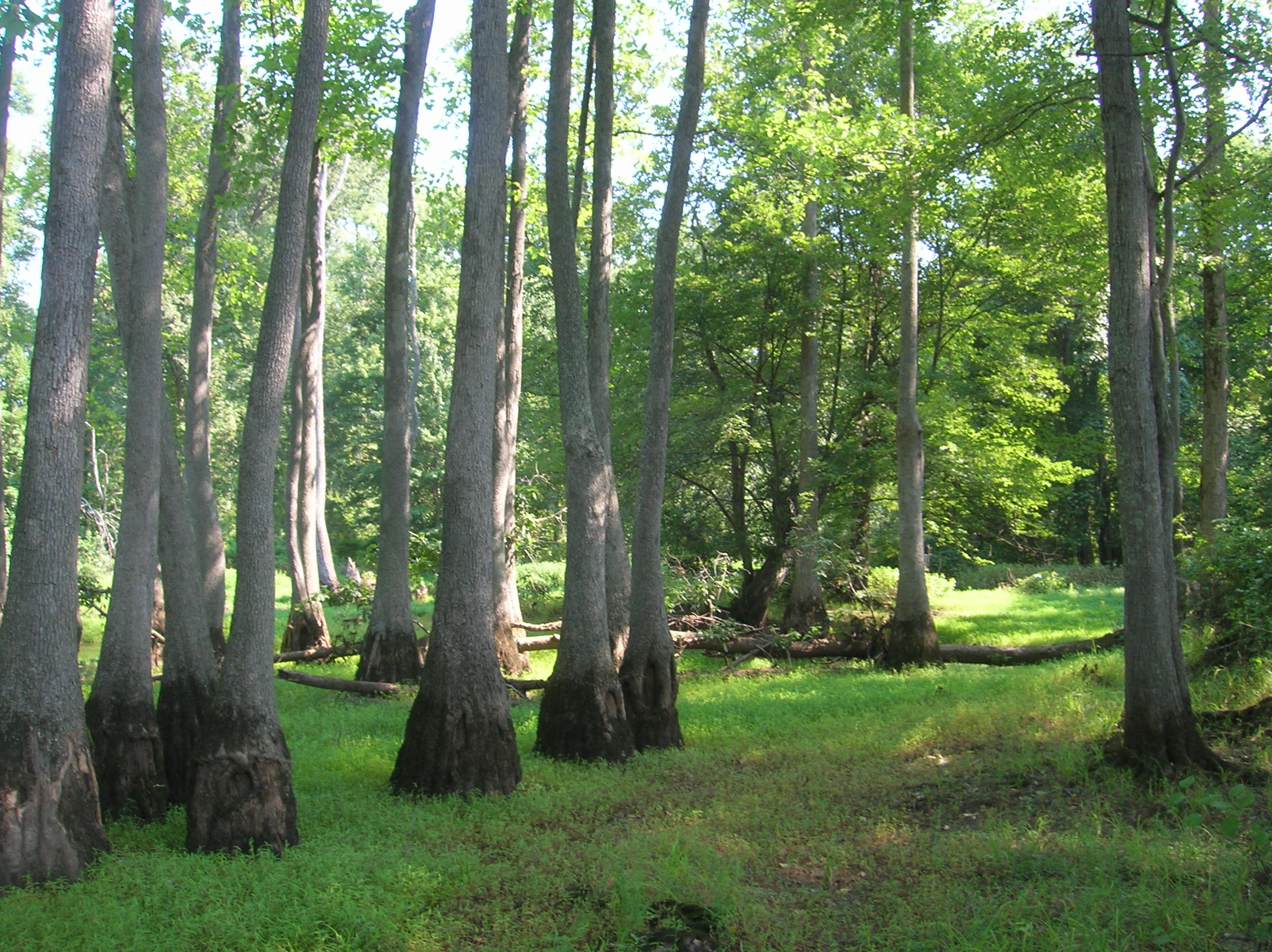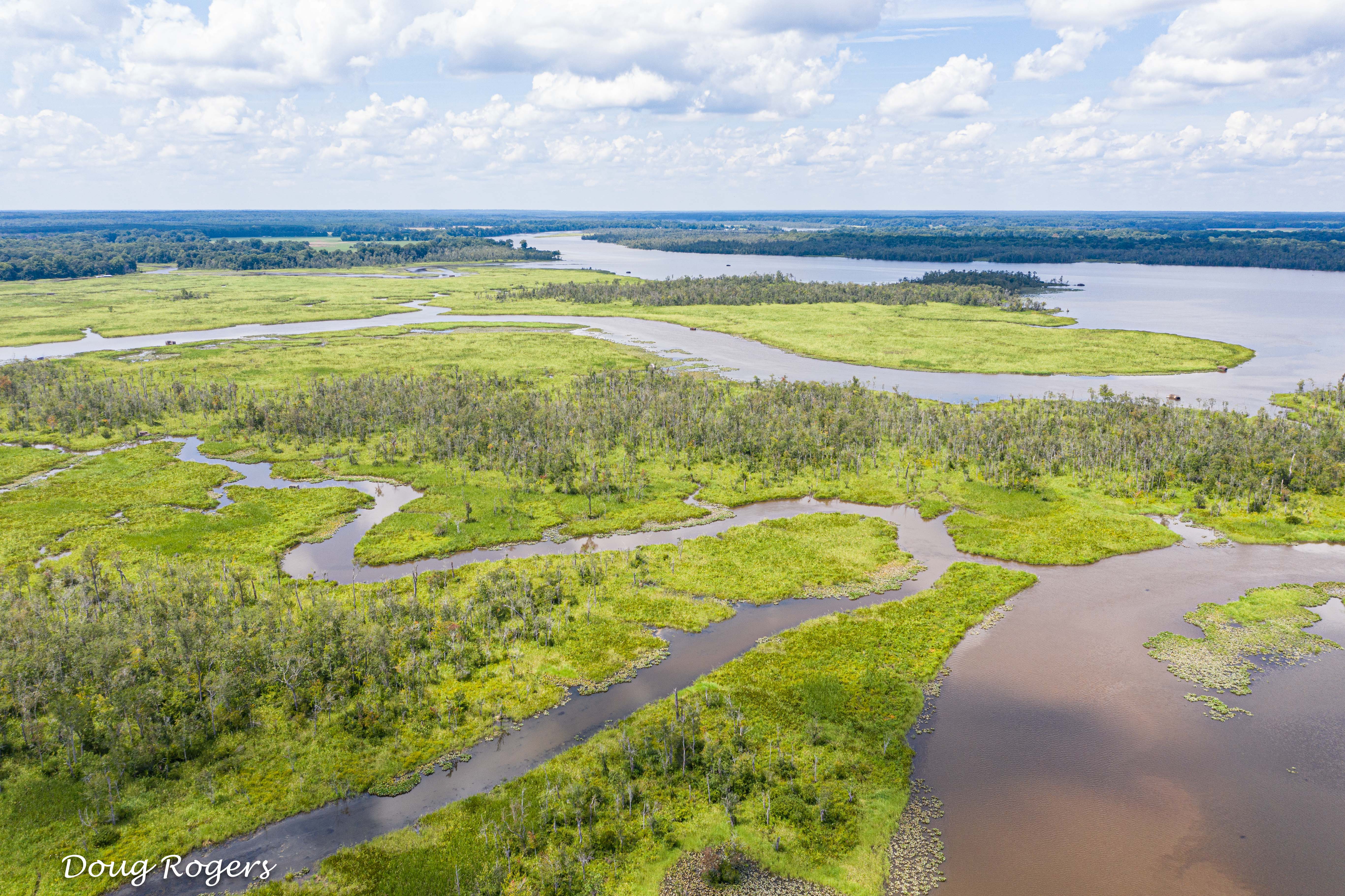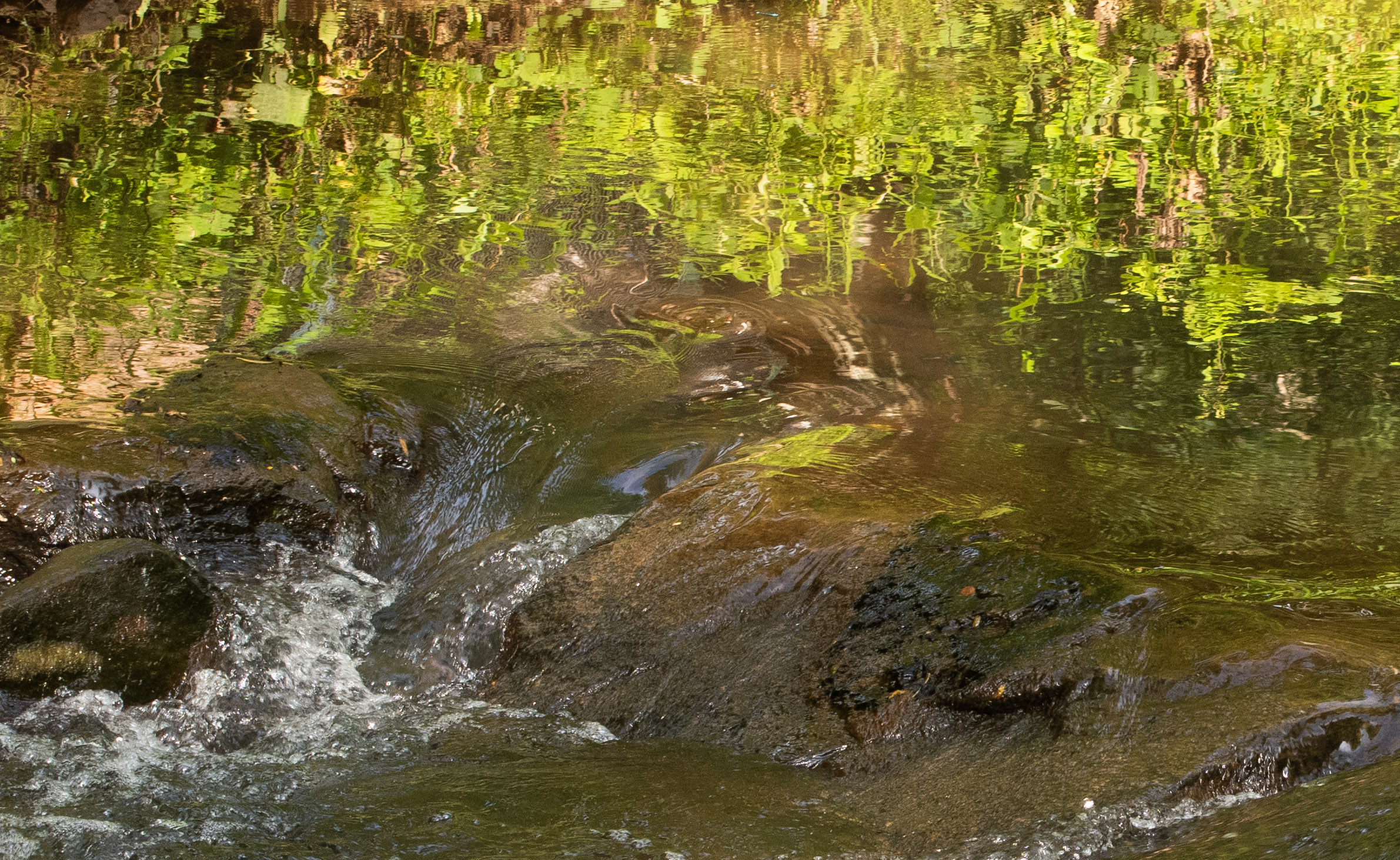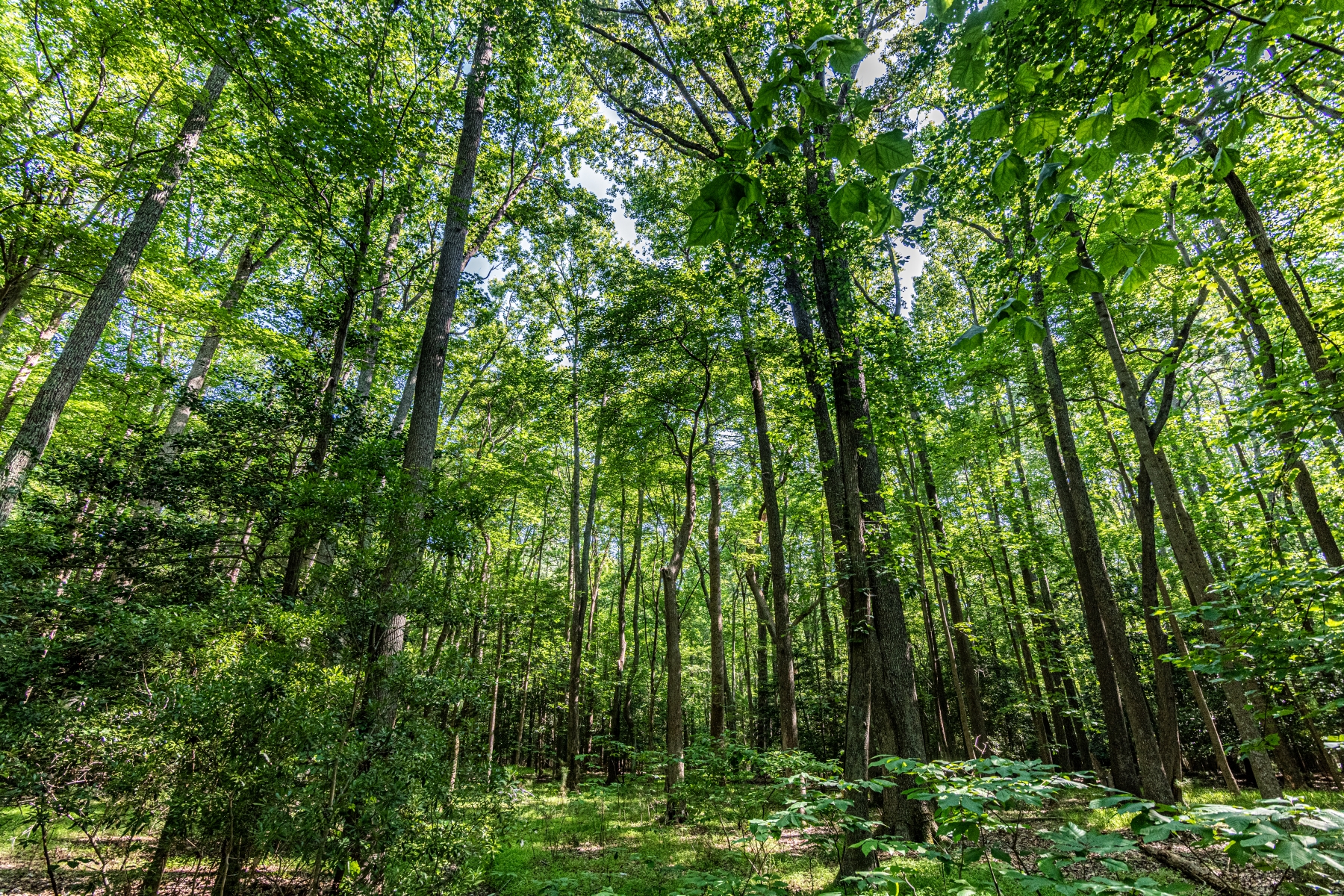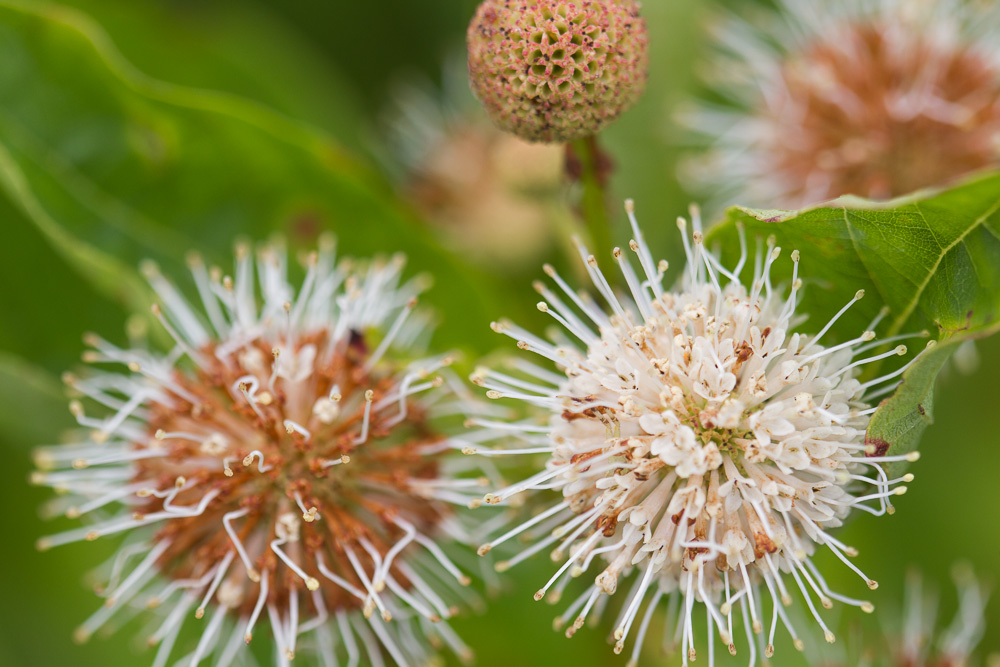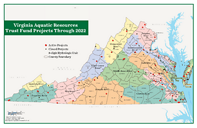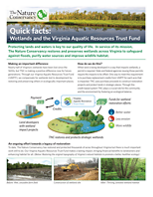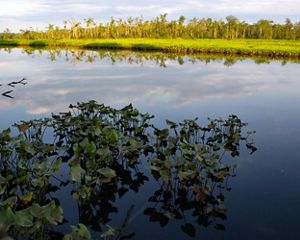Stream and Wetland Mitigation Program
Helping TNC restore Virginia’s wetlands and streams through strategic large-scale conservation.
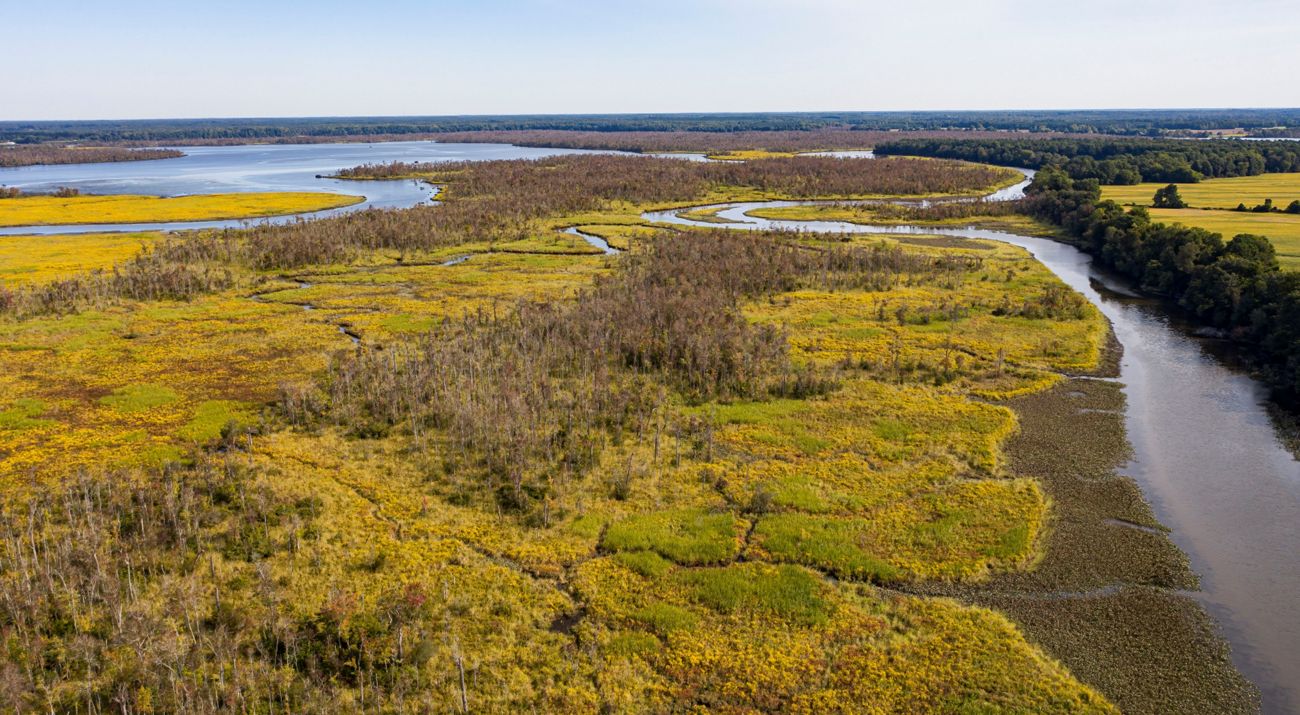
Help Shape Sunken Meadow's Future
Sunken Meadow in Surry County—a vibrant landscape of thriving wetlands and forest where community and nature come together. We invite you to join our upcoming open house to share how you experience Sunken Meadow and explore ways we can make it an even stronger haven for both people and wildlife. Your voice will help shape its future.
- November 18th from 5:30 – 7:00 pm at 205 Enos Farm Dr. Surry, VA.
- Week of February 9th, 2026
- Week of April 27th, 2026
- Week of July 13th, 2026
See you there!
What We Do
Protect and restore streams, wetlands and associated upland habitat.
Apply conservation science and planning to create high-quality outcomes in priority areas.
Exceed the ecological benefits of isolated or small-scale mitigation by pooling resources to implement larger restoration projects with more significant ecological benefits.
Monitor the ecological health of the restoration site to ensure long-term success for each project.
Work with partners, businesses and local communities to find, design, implement and manage projects.
Learn more
about the 30 years of wetland & stream restoration and impact. Protecting Nature. Restoring Vital Habitats. Ensuring a Thriving Future.
Program Overview
For three decades, the Stream and Wetland Mitigation Program (SWMP) has proven the power of investing in wetlands and streams to restore critical ecosystem services—including clean water, flood protection and recreation—through cost-effective, science-based projects.
Launched in 1995 as the Virginia Wetland Restoration Trust Fund, this pioneering program allows developers to offset unavoidable impacts to streams and wetlands by purchasing mitigation credits. Instead of enabling fragmented small-scale efforts on individual pieces of property, funds are pooled and used by The Nature Conservancy to carry out large-scale restoration and preservation projects in high-priority conservation areas.
The program is co-administered with the U.S. Army Corps of Engineers-Norfolk District and the Virginia Department of Environmental Quality.
To date, the program has protected and restored more than 20,000 acres—nearly half of which is public land—and prevented many tons of sediment from entering Virginia’s waterways. This success has become a model for other states across the country.
Our Conservation Impact
How We Protect Virginia's Natural Resources
-
150+
restoration projects completed statewide
-
21,000
acres including 10,000 acres of parks and other public land.
-
21
miles of streams restored.
-
$90M+
invested in Virginia's conservation efforts.
Purchase Credits
To address unavoidable impacts to streams and wetlands, the Stream and Wetland Mitigation Program enables individuals and developers to purchase mitigation credits. Funds from these credit purchases are then used to support larger, more effective conservation projects to protect Virginia’s rare plants, animals and natural habitats.
Purchasing and Approval
Mitigation credits are available to meet the needs of the regulated community.
Using the Trust FundWhen a development project affects a stream or wetland, the responsible party may be given the option to buy credits through this program. Those payments are pooled together and used to fund large restoration and protection efforts across the state that might otherwise not be possible.
The program is run in partnership with the U.S. Army Corps of Engineers-Norfolk District, the Virginia Department of Environmental Quality and The Nature Conservancy. It follows federal guidelines under the 2008 Mitigation Rule (33 CFR 332).
Instead of completing small, isolated efforts, the program combines funds from multiple sources to take on larger projects with better ecological outcomes. All projects are carefully reviewed and approved by state and federal agencies before moving forward.
By focusing on areas that offer the most environmental benefit, the program helps restore and protect land and water where damage has occurred—often at a lower cost, thanks to donated or affordably purchased land.
Through this credit-based system, TNC carries out on-the-ground restoration and long-term protection in strategic locations. This approach helps improve water quality, support wildlife and create healthier ecosystems for everyone.
Learn more about the Purchasing and Approval of Mitigation Credits.
Do you have a project in mind?
Contact Kelly Ridenhour at kelly.ridenhour@tnc.org
Submit a Potential Project
Do you have or know of a stream or wetland restoration project that needs evaluation or funding? Submit it to us for evaluation!
The Stream and Wetland Mitigation Program can fund all aspects of stream and wetland restoration on public or private land including purchasing land or conservation easements, as well as the design and implementation of projects. Our funding priorities are organized by major river basins and are often looking for a project in one or two particular basins at a time. However, as we implement projects and sell additional credits, these priority basins can change. We will evaluate and respond to potential projects anywhere in the state of Virginia.
We look for sites with high restoration potential, which often means eroding streams with little to no vegetation and drained/ditched leveled lands. For example, we can work with farmers to reconnect eroding stream banks, plant trees and install new cattle fencing; parklands to rebuild and replant lost wetlands and repair streams and culvert crossings; or private landowners who want to remove an non-functioning or non compliant dam. There are many ways to plan and implement a project!
To submit, please fill out this form, and we will typically respond within 7 days.
Request for Site Qualifications (RFSQ)
TNC is seeking suitable non-tidal wetland and/or stream mitigation site(s) in Chesapeake Bay, Potomac River, and Middle and Upper James River. The primary objectives are to restore, enhance and/or preserve stream, tidal and nontidal wetland systems in the hydrologic unit basins where the impacts occurred. The Request for Site Qualifications (RFSQ) will remain open for submissions through November 30, 2025, with a rolling schedule of deadlines.
Request for Site Qualifications
Download the request document.
Explore Projects
Check out our interactive map to see current Stream and Wetland Mitigation Program projects under construction and to learn more about past successes.
Highlights From Recent Efforts
We’re restoring wetlands and streams, improving water quality and protecting natural areas across Virginia.
Annual Reports and Other Documents

Program Documents
-
SWMP Program Instrument
The purpose of this Instrument is to confirm and update guidelines, responsibilities and standards for the establishment, use, operation and maintenance of the Program. Learn More
-
SWMP Reauthorization Letter
The purpose of this authorization is to maintain and update guidelines, responsibilities and standards set forth for the establishment, use, operation and maintenance of the Program. Learn More
-
Compensation Planning Framework
Exhibit A Learn More
-
Advanced Credits
Exhibit B Learn More
-
Fee Schedule
Exhibit C Learn More
-
Site Development Plan Template
Exhibit D Learn More
-
Credit Availability and Sale
Exhibit E Learn More
Highlighted Projects
-
Bay View Wetland Restoration
Chesapeake Bay View Project
-
Level Ponds wetland restoration
Chesapeake Bay View Project
-
Northwest River Stephens wetland restoration
Chowan River View Project
-
Black Oak Wildlife Sanctuary wetland mitigation
Potomac River View Project
-
BlueWildlife stream and wetland restoration
Potomac River View Project
Supporting Materials
-
Summary of Approved Projects by Major River Basins
2022 View Summary
-
Project Credit Balances and Service Areas
2022 Learn More
-
Map of Chowan Conservation Corridor
SWMP sites located on the Northwest River with other conserved lands. Open Map
-
Map of Dragon Run Conservation Corridor
Projects and conservation land. Open Map
Program Audits
-
Audit Memo
2016 View Audit
-
Environmental Law Institute
Audit Report View Audit
-
Hantzmon Wiebel LLP
Final Communication Letter View Letter
-
Hantzmon Wiebel Final LLP
Final Management Letter View Letter
-
Hantzmon Wiebel LLP
Final Statements Viet Statement
Contact Us
Submit a Potential Project – Contact Kelly Ridenhour kelly.ridenhour@tnc.org
Program Inquiries – Contact Karen Johnson (804-249-3416) or email karen_johnson@tnc.org
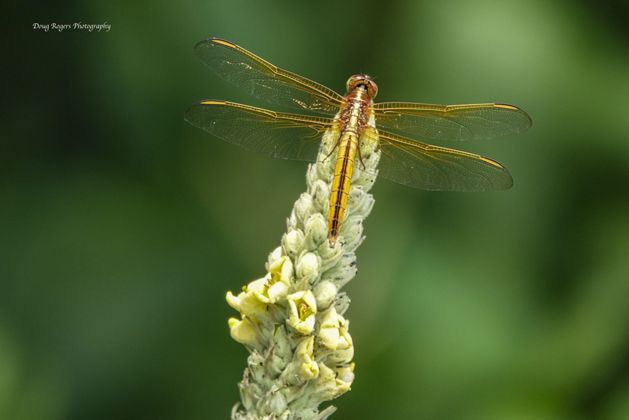
Stay in Touch
Sign up to receive monthly conservation news and updates from Virginia. Get a preview of Virginia’s Nature News email



